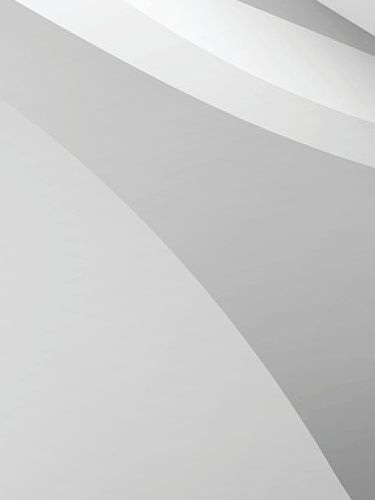


In a far-reaching decision, the Munich Local Division delivered no fewer than ten headnotes addressing key aspects of patent law at the UPC: claim interpretation of purpose features, novelty and amendments, the scope of exhaustion, and the contours of indirect infringement. The judgment arose in litigation between BRITA and a group of distributors of “compatible” water filter cartridges, with defendants counter-claiming for revocation of EP 2 387 547 B1.
The case is particularly notable for its treatment of purpose-limited apparatus claims and for the Court’s careful calibration of remedies in the context of indirect infringement.
BRITA asserted EP 2 387 547 B1, directed to filter cartridges and systems, against distributors marketing “compatible” cartridges in Europe. Defendants sought revocation. The Local Division issued a comprehensive decision, resulting in a partial revocation of the patent and limited relief on the infringement side.
The system claims survived in amended form. As a consequence, indirect infringement remained the central battleground. The Court granted injunctive relief but confined it to warnings and contractual undertakings, explicitly ruling out a declaration of infringement under Art. 64 UPCA for indirect acts.
The Court confirmed that purpose oriented features in device claims limit the claim only to the objective suitability for the stated function. They do not import additional structural features unless the prior art is objectively unsuitable or requires modification. The UPC approach ties novelty strictly to structural disclosure and avoids overextending functional wording.
The Court held that claim 1 and claim 4 lacked novelty over inter alia WO 2005/118104 and WO 2008/058576. Importantly, the feature “horizontal component” did not add matter, being disclosed at a general level in the application. However, the patent could be maintained only on auxiliary request 16. With multiple independent claims forming a closed set, every independent had to be allowable to salvage the patent.
The Court also elaborated on Art. 29 UPCA, making clear that exhaustion covers the intended use of a patented product, including normal maintenance and restoring fitness. It does not, however, extend to making the patented subject-matter anew. The line between repair and remake turns on whether the replacement preserves the identity of the marketed product. Consumables may normally be replaced, but where the inventive effect resides in the replaced part, replacement constitutes an infringement.
Where a product has substantial non-infringing uses, the Court was cautious in shaping remedies. Rather than blanket prohibitions, it required prominent warnings and contractual undertakings to avoid infringing use. The Court also held that Art. 64 UPCA does not apply to indirect infringement under Art. 26, with the result that no declaration of infringement was issued.